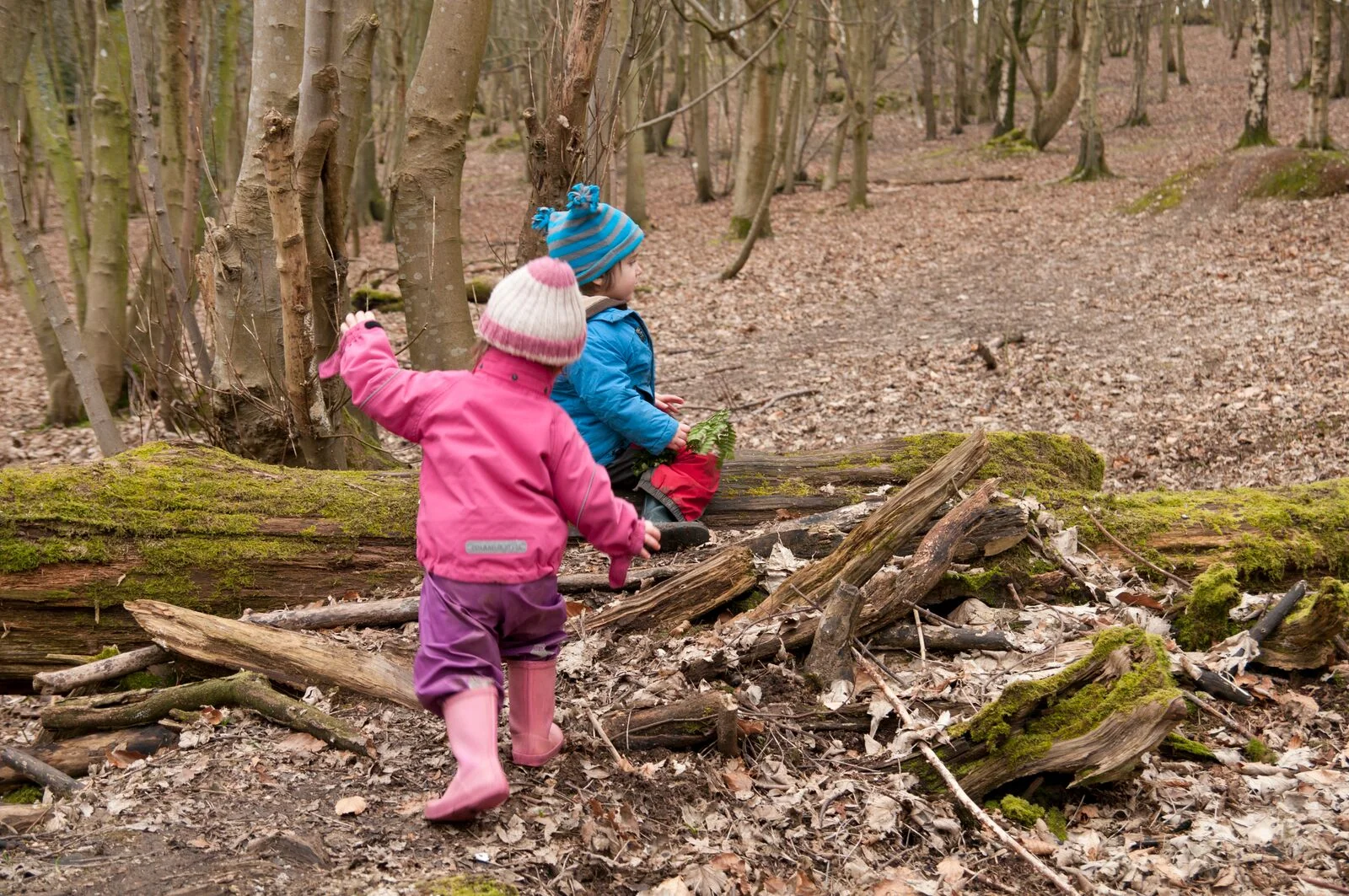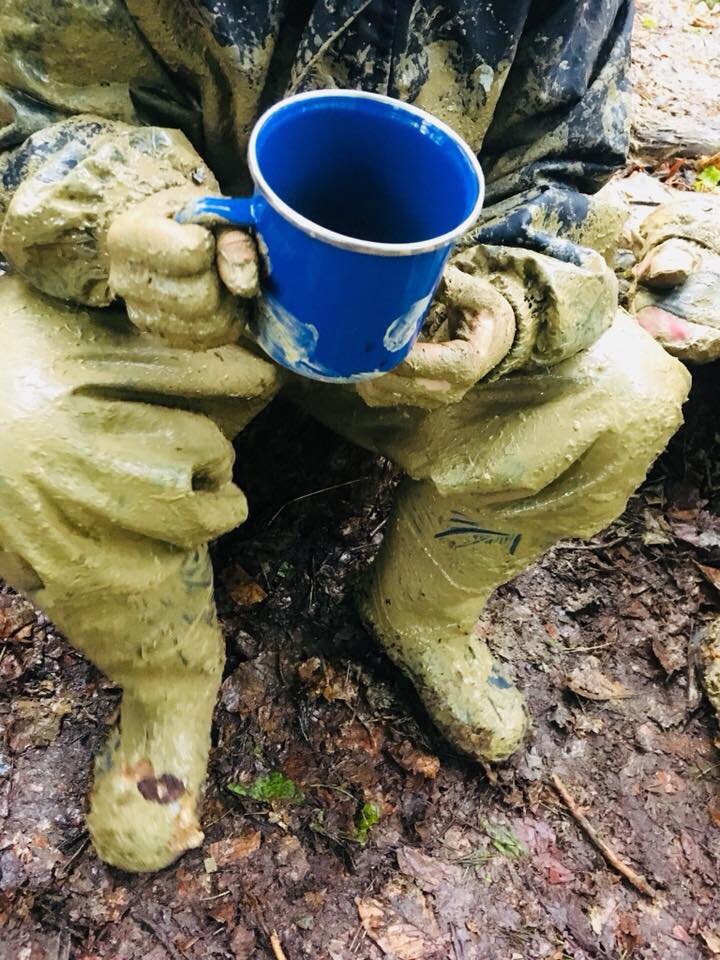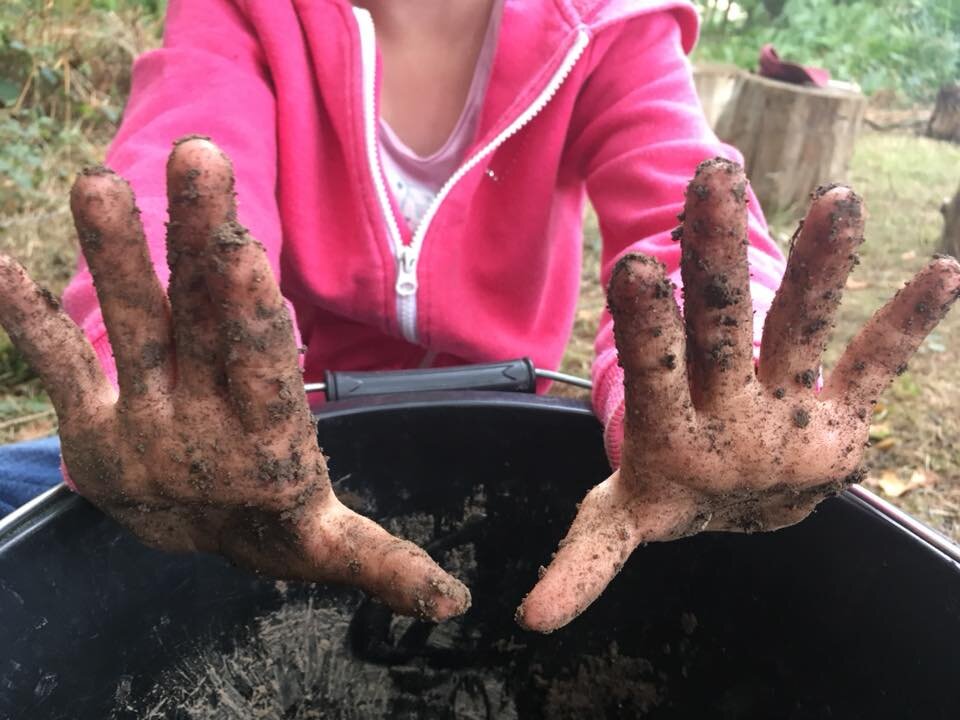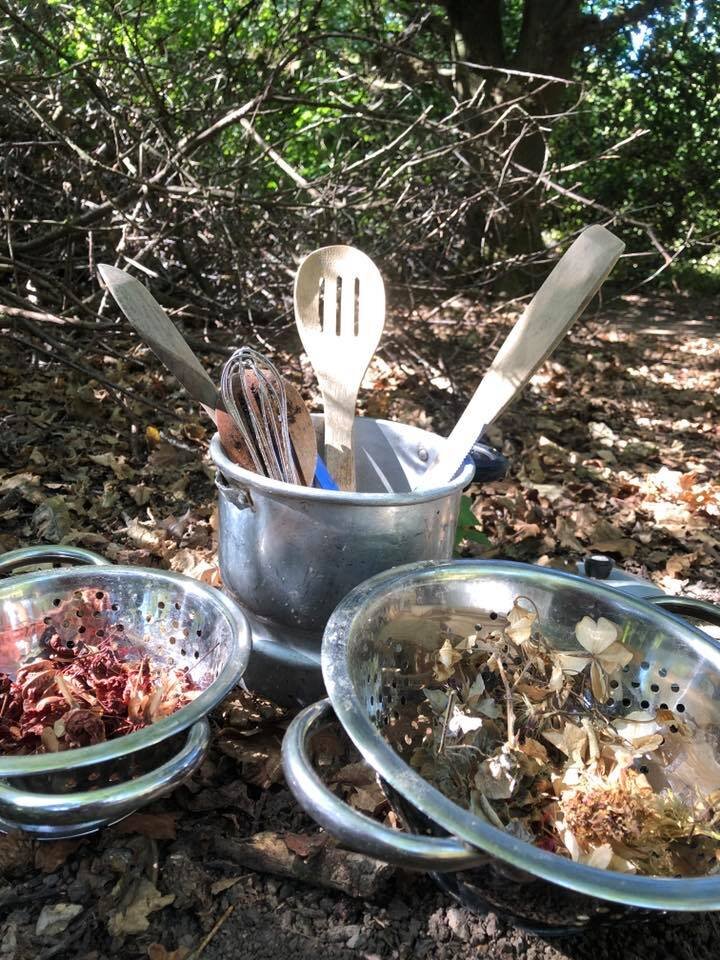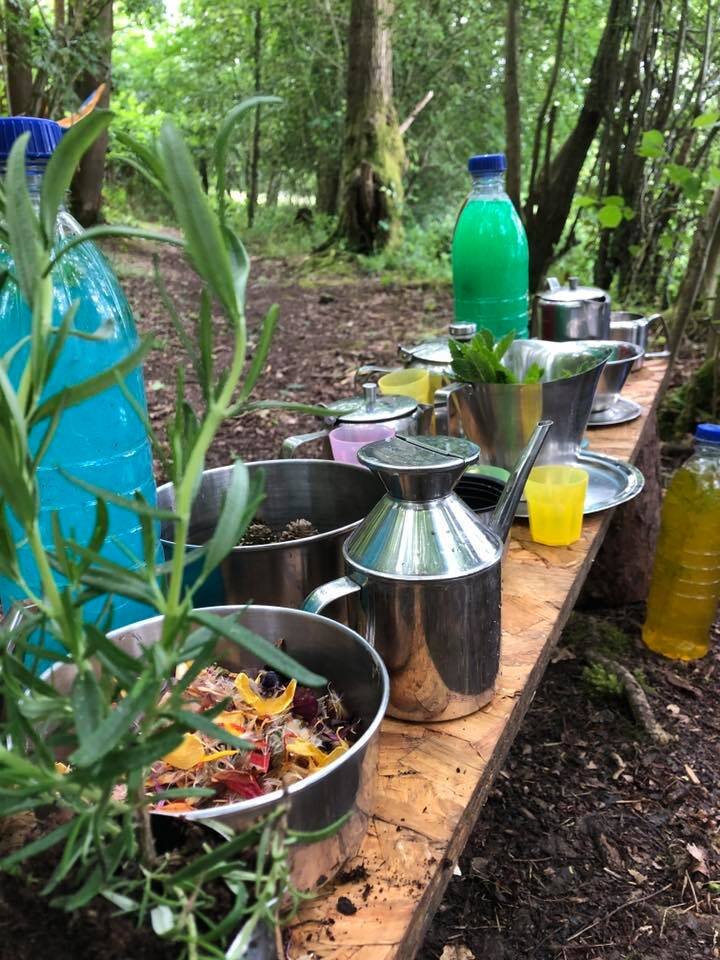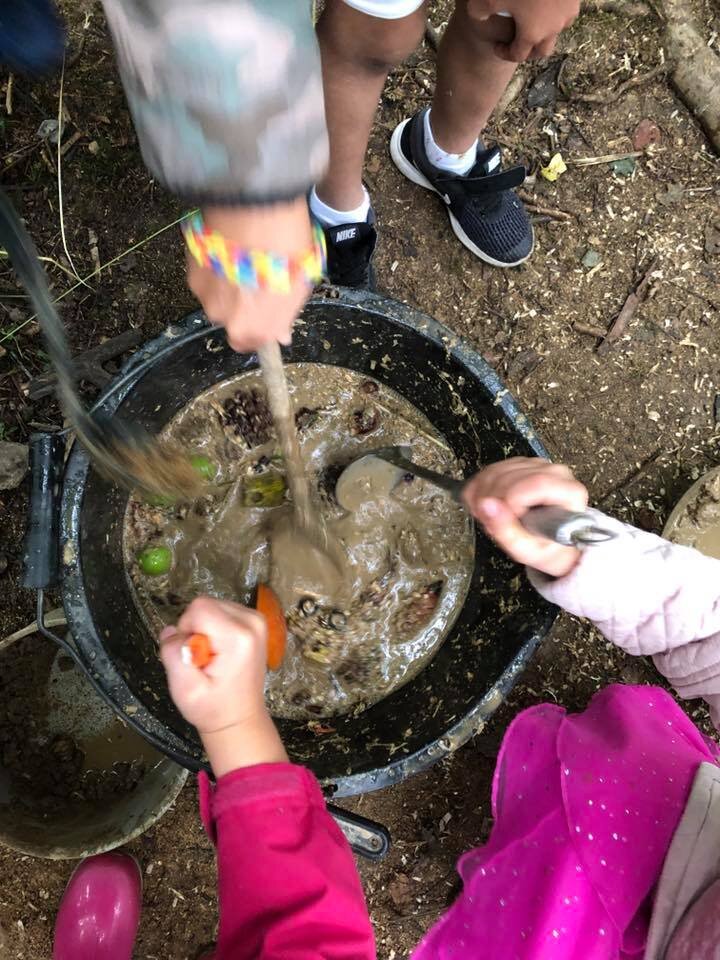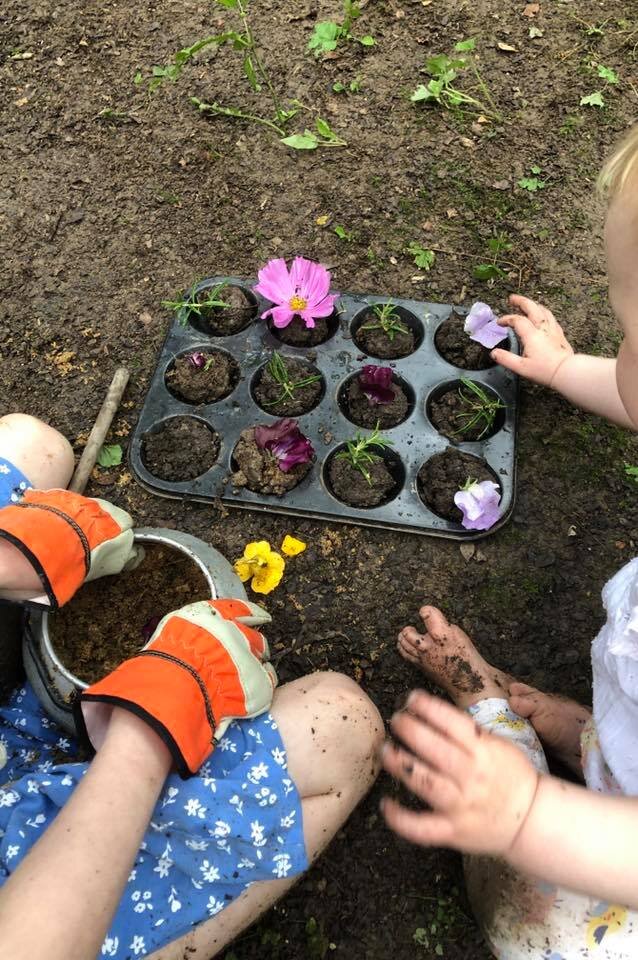5 Ways To Make The Most Of Your Mud Kitchen
/Today is international Mud Day today. This day was founded in an effort to make all the children of earth feel closer together through the uniting medium of MUD! Covered in mud we all look the same.
We have been passionate about mud play for a long time. It is sensory play the old fashioned way and requires digging, squeezing, mixing and pouring. Mud play builds resilience both physically and mentally. It requires imagination, team work and communication Most of our sessions feature a mud kitchen in some guise or other and its true that mud brings children together. Many a friendship has been made or cemented over a few mud pies.
Below we have shared five tips to get the most out of a mud kitchen at home.
Keep it clean
It might seem counter intuitive, but it is really important to clean your mud kitchen between play. There is nothing more unappealing than cooking equipment caked in old dried on mud or filled with smelly stagnant water. If you periodically wash the pots and pans then it will be much more inviting and will more likely be played with. It also sends a message to the child that they are valued and so is their play. You could incorporate the washing up into the play and provide some warm bubbly water towards the end.
Use top quality mud
You can’t create a perfect meal without good quality ingredients so its important to source the best mud you can. You could dig a mud pit in a corner of the garden or provide a bucket of potting compost. We think the best mud is Mole hill mud! Hunting for Mole hills, digging the fine soil and carrying it home in a bucket is an activity all by itself. Can you find the Mole’s hole beneath the soil?
Involve seasonal loose parts
Adding extra ingredients to the mud kitchen extends the play and keeps mud dishes seasonal! Flowers and blackberries make great mud pie decor on Summer days, pumpkin seeds and acorns are perfect in Autumn, pine cones and evergreen branches can be used in the Winter and catkins and pussy willow in the Spring. Its a little bit like an interactive seasonal nature table!
Up-cycle/recycle/reuse.
Although there are some beautiful mud kitchen on the market you really don’t need one. Old pots and pans do the job. You can ask friends and relatives if they are getting rid of any of these or have a look in charity shops. Some of the most dated items are often the best. We have a 1970’s Salad Spinner that brings great joy!
Children are generally happy to work on the floor, but you can make an easy kitchen counter by balancing a plank of wood over some buckets or logs.
Encourage role play
Playing in the mud kitchen gains an extra level and even more skills develop when the imagination starts to flow. Children could set up a pizza restaurant or a bakery and parents could be customers. Menus are written, prices are devised and communication skills advance. In fairness this tends to be an organic process and grown ups don’t need to force this. They just need to support it and play their role as the game emerges.
Most of all have fun and remember everything can be cleaned up (children included) at the end of the day!

